Active Directory (AD) uses authentication protocols to verify the identity of users and computers before granting access to resources. The main authentication methods include NTLM, Kerberos, and other modern authentication mechanisms like LDAP and OAuth.
NTLM (NT LAN Manager)
NTLM is an older authentication protocol based on challenge-response mechanisms. It does not require a central authentication server but is less secure than modern methods.
- Uses password hashing instead of transmitting plaintext passwords.
- Relies on a challenge-response mechanism to authenticate users.
- Still used for backward compatibility but is vulnerable to relay attacks and pass-the-hash attacks.
NTLM Authentication Process
- The client sends a request to the server for authentication.
- The server replies with a challenge (random number).
- The client encrypts the challenge using its password hash and sends it back.
- The server verifies the response by comparing it with its stored hash.
Client → Server: "Authenticate me"
Server → Client: "Challenge: XYZ123"
Client → Server: "Response: Encrypted(XYZ123, Hash(Password))"
Server → Validates response and grants/denies accessKerberos Authentication
Kerberos is a more secure authentication protocol that relies on ticket-based authentication instead of password hashing.
- Uses a Key Distribution Center (KDC) to issue tickets for authentication.
- Supports mutual authentication, preventing man-in-the-middle attacks.
- More efficient than NTLM because it does not repeatedly verify passwords.
Kerberos Authentication Process
- The client requests a Ticket-Granting Ticket (TGT) from the Key Distribution Center (KDC).
- The KDC verifies the request and issues a TGT.
- The client presents the TGT to the Ticket-Granting Service (TGS) to obtain a service-specific ticket.
- The client uses the service ticket to authenticate to the target system.
Client → KDC: "Request TGT"
KDC → Client: "TGT Issued"
Client → TGS: "Request Service Ticket"
TGS → Client: "Service Ticket Issued"
Client → Server: "Authenticate using Service Ticket"LDAP (Lightweight Directory Access Protocol)
LDAP is not an authentication method by itself but is used for querying and managing directory services, including authentication.
- AD uses LDAP over SSL/TLS (LDAPS) for secure authentication.
- Supports bind authentication, where clients authenticate with usernames and passwords.
- Often used in single sign-on (SSO) and third-party integrations.
Example of an LDAP authentication query:
Bind Request:
Client → AD: "Bind Request (Username, Password)"
AD → Client: "Bind Successful"Modern Authentication Methods
With the rise of cloud services, Microsoft and other vendors have introduced modern authentication methods that improve security.
| Method | Description | Use Case |
|---|---|---|
| OAuth 2.0 | Token-based authentication for web and mobile apps | Cloud services, API access |
| SAML (Security Assertion Markup Language) | XML-based authentication for single sign-on | Web-based applications |
| FIDO2 / WebAuthn | Passwordless authentication using biometrics or security keys | Zero-trust environments |
NTLM vs. Kerberos vs. Modern Methods
| Feature | NTLM | Kerberos | Modern Authentication (OAuth, SAML) |
|---|---|---|---|
| Security | Weak (vulnerable to attacks) | Strong (ticket-based security) | Very Strong (tokens, encryption) |
| Authentication Type | Challenge-Response | Ticket-Based | Token-Based |
| Mutual Authentication | No | Yes | Yes |
| Best For | Legacy systems | Windows domains | Cloud and hybrid environments |
